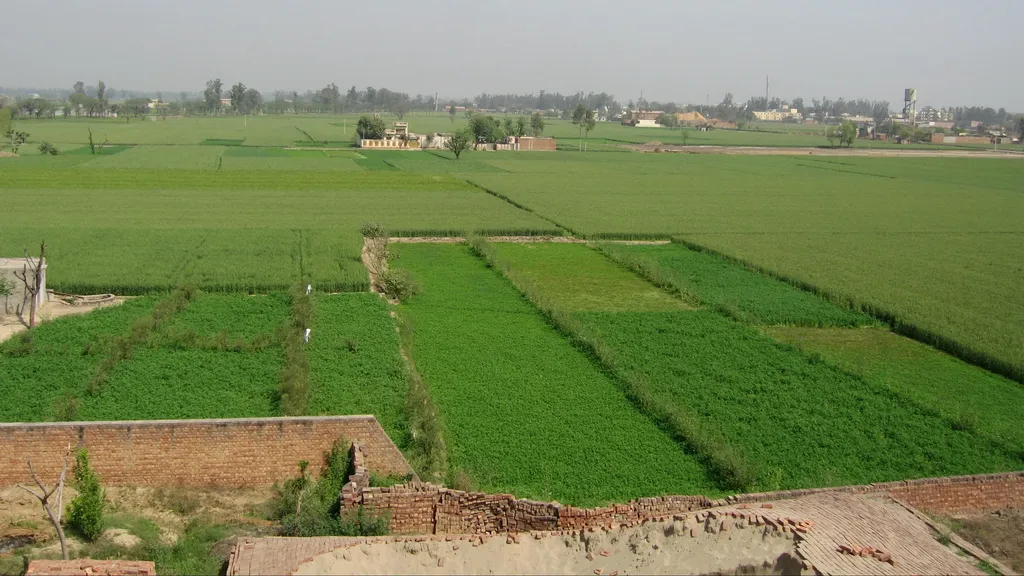In the heart of India’s agrarian landscape, a silent concern is brewing beneath the surface. A recent study, led by Prafulla Kumar Sahoo, has shed light on the accumulation of potentially toxic elements (PTEs) in vegetable-cultivated soils in the Malwa region of Punjab, India. The research, published in the journal *Frontiers in Soil Science* (which translates to *Frontiers in Soil Science* in English), has significant implications for food safety, agricultural practices, and the broader energy sector.
The study, conducted in the Bathinda and Mansa districts, analyzed 149 soil samples from vegetable fields and 12 from uncultivated areas. The findings revealed that while the soils were not saline and were only slightly alkaline, they contained higher levels of uranium (U) and other PTEs compared to uncultivated soils. However, these levels remained within regional and global safety limits, indicating no significant enrichment.
“Although the contamination levels are not alarmingly high, the presence of these elements in our soils is a cause for concern,” said Sahoo. “The overuse of chemical fertilizers, particularly phosphate-based ones, seems to be a major contributor to this issue.”
The study also explored the impact of crop rotation patterns on PTE accumulation. Soils under vegetable–vegetable (VG–VG) and rice–vegetable (RC–VG) rotations were the most dominant, with the latter showing slightly higher levels of PTEs. The pollution indices revealed low to moderate contamination levels, with lead (Pb) being a notable exception, showing moderate to very high levels of pollution.
The research suggests that the overuse of chemical fertilizers, especially phosphate-based ones, is a significant contributor to the accumulation of PTEs in the soil. This finding has profound implications for the energy sector, particularly for companies involved in the production and distribution of phosphate fertilizers. As the demand for food continues to grow, so does the demand for fertilizers, and this study serves as a wake-up call for sustainable and responsible fertilizer use.
Moreover, the study highlights the role of secondary Fe/Mn oxyhydroxides in adsorbing these elements in soils, a factor that could be crucial in developing strategies for sustainable land management. “Understanding the mechanisms behind PTE accumulation in soils is the first step towards mitigating this issue,” Sahoo added.
This research provides a baseline for PTE levels in vegetable-cultivated soils in the region, paving the way for future studies and strategies to improve crop quality and ensure food safety. It also underscores the need for a more sustainable approach to agriculture, one that considers not just the immediate yields but also the long-term health of our soils and, by extension, our food.
As we move forward, it is crucial to integrate these findings into our agricultural practices and policies. The energy sector, in particular, has a significant role to play in promoting sustainable fertilizer use and investing in research to develop safer, more effective alternatives. After all, the health of our soils is intrinsically linked to the health of our communities and our planet.

